Walking along one of the busy roads cutting through the concrete ocean of development that is Shanghai, with people involved in the dizzying pursuit of modernization that has been shaping China for a while, it was a little difficult to imagine a centre in the name of perhaps the greatest thinker of the country just around the corner. Yet, that was my destination, and when I walked into Wen Miao street and found myself in the leftovers of the old town of Shanghai, it felt like stepping back in time, which seemed appropriate for an appointment with a philosopher who lived over 2,500 years ago. A large stone gate marked the entrance of the gate, and a friendly girl, who introduced herself as a guide, offered to show me the complex, that was originally built here at the end of the 13th century, relocated four times, and rebuilt on this same spot in 1855 and, after the cultural revolution, partly rebuilt again in the 1990s.
Picture of Confucian Temple (China): Close-up of bells inside Da Cheng HallWe inevitably started our exploration by walking through the sturdy, red wooden Da Cheng gate, and entered a rectangular spacious plaza with a prominent building at the other end. This western part of the Confucius temple complex is dedicated to public worship. When we came closer, I saw a statue of Confucius with his hands in a welcoming pose in front of Da Cheng hall, and to the right, a framework with small pieces of paper with writings on it. Inside, a surprising golden statue of the 5th century BCE philosopher, with a row of bells and a drum on either side - his favourite instruments. My dear guide told me that some people mistake the golden statue for a Buddha statue, which seemed odd - not only did it have a beard and a different pose, but also because Confucianism is not a religion to begin with. It triggered another question: what is the status of a temple for a philosopher? People don't come to the Confucian temple to pray, but to study, as I would soon see.
Picture of Confucian Temple (China): Listening to Rain Hall and Teapot Museum reflected in the Reflection PondMy guide showed me the selected writings of Confucius, carved on the wall in Chinese characters. From Da Chang hall, we walked to Zun Jing pagoda, and from there, through the Ming Lun study hall. We had now reached the central part of the Confucian temple complex, dedicated to studying. From the secluded square behind the large hall, we reached the Reflection Pond. Here, we paid a visit to the small teapot museum with some remarkable teapots, and walked through the garden next to Kui Xing pagoda, to the Etiquette gate through the eastern part of the complex, dedicated to nature. At the Etiquette gate, my guide stopped, and explained how students would come in through the Study gate, having to walk around the polished marble stone with landscape-like lines in a wooden frame, blocking a direct view of the Ming Lun study hall. Here, my charming guide said goodbye to me, and I explored the Confucian temple complex once again, taking more time to stop and reflect on what I was seeing. What more could one achieve, I thought, than people studying your ideas more than two and a half millennia after your life.


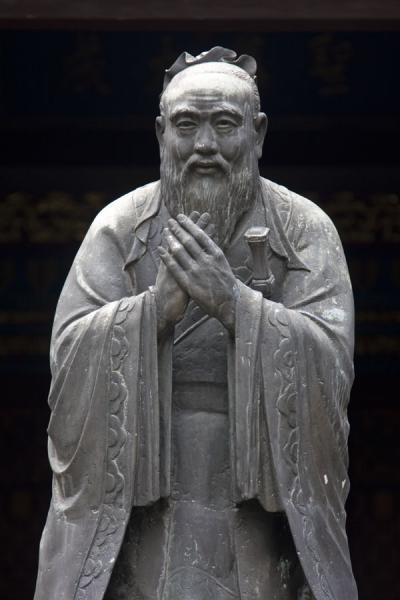
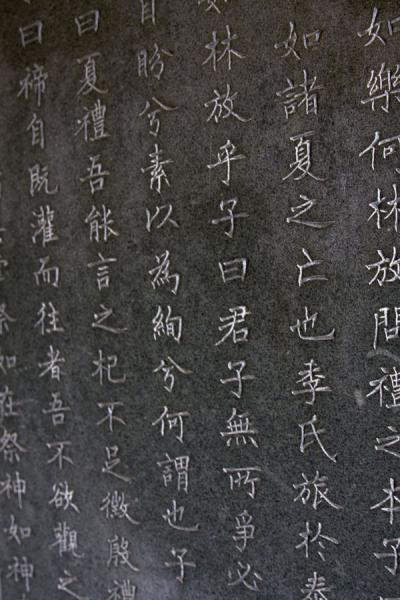
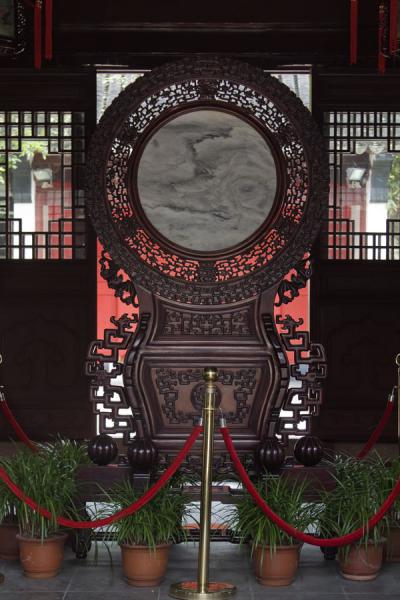
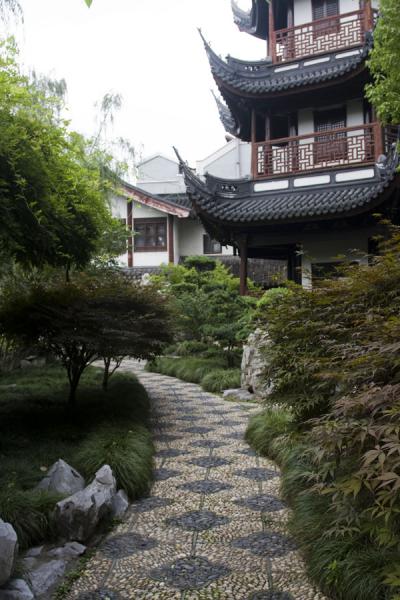
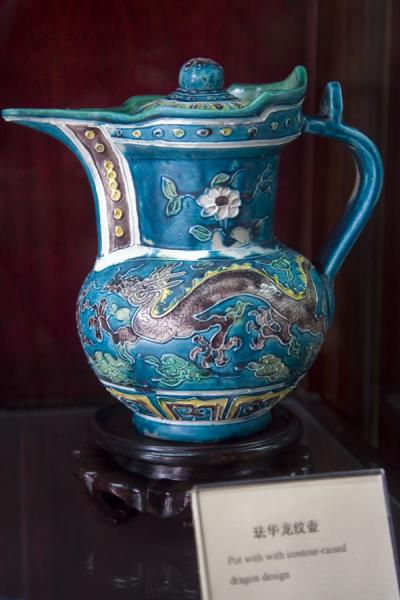
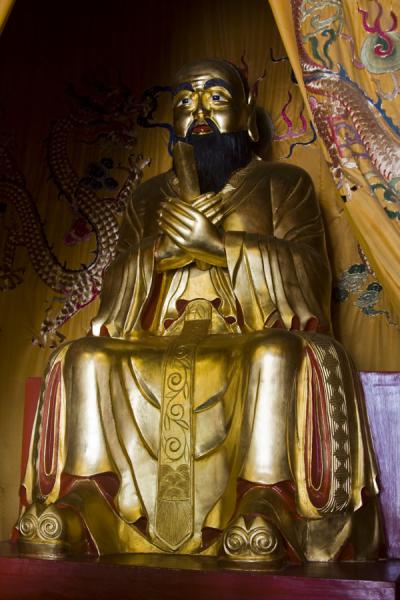
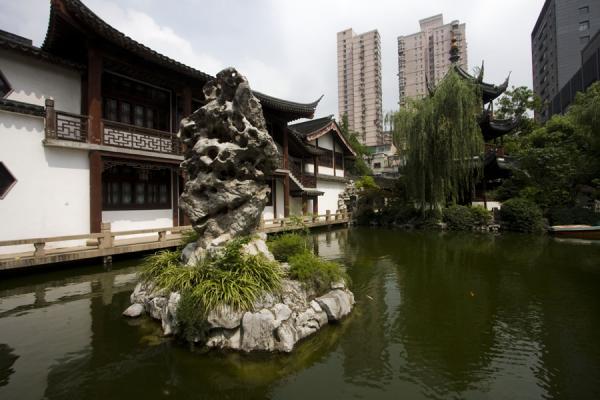
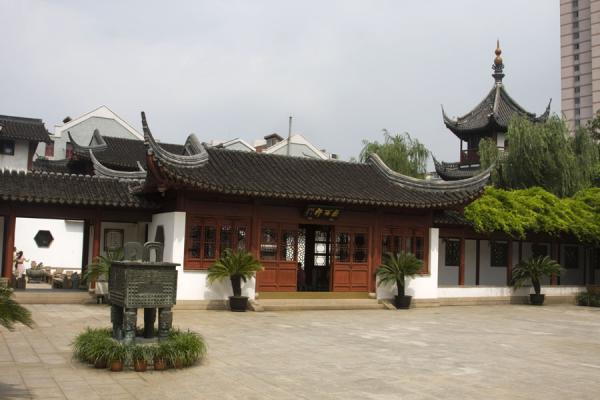
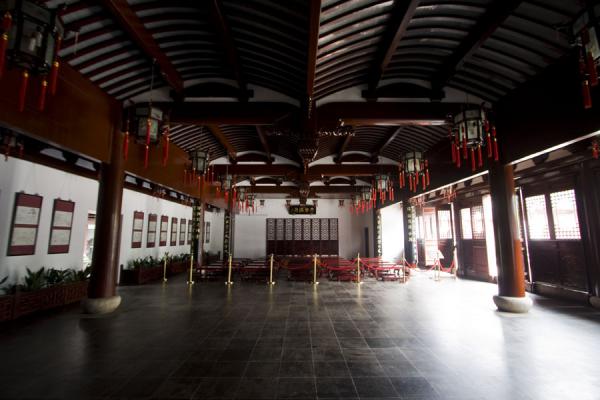
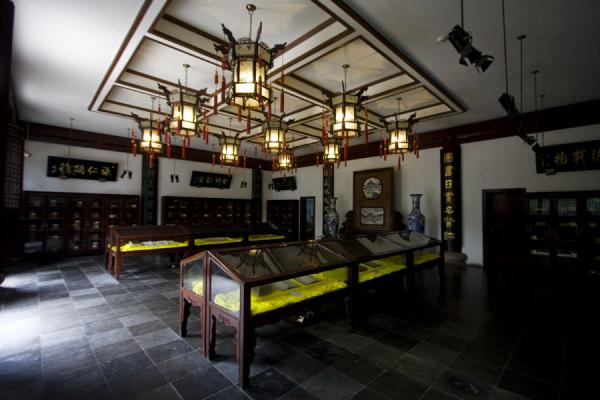
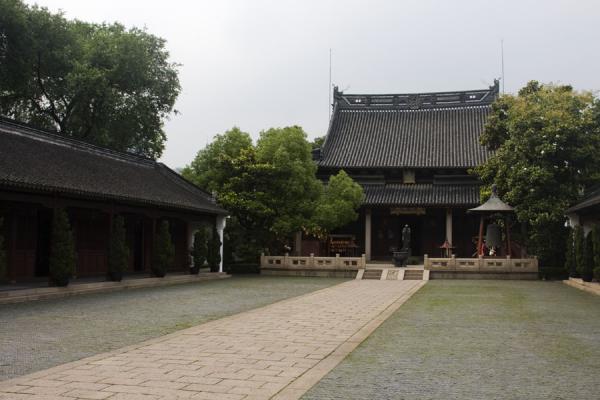
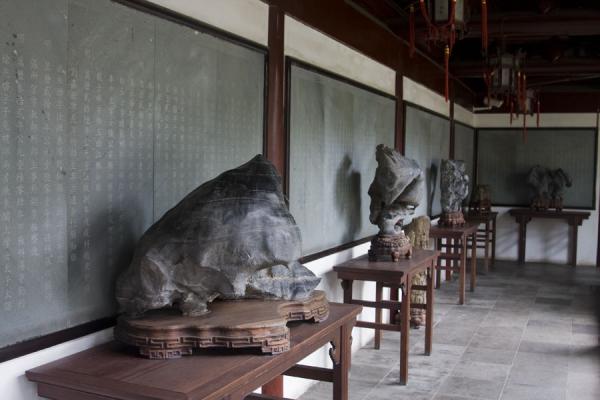
No comments:
Post a Comment